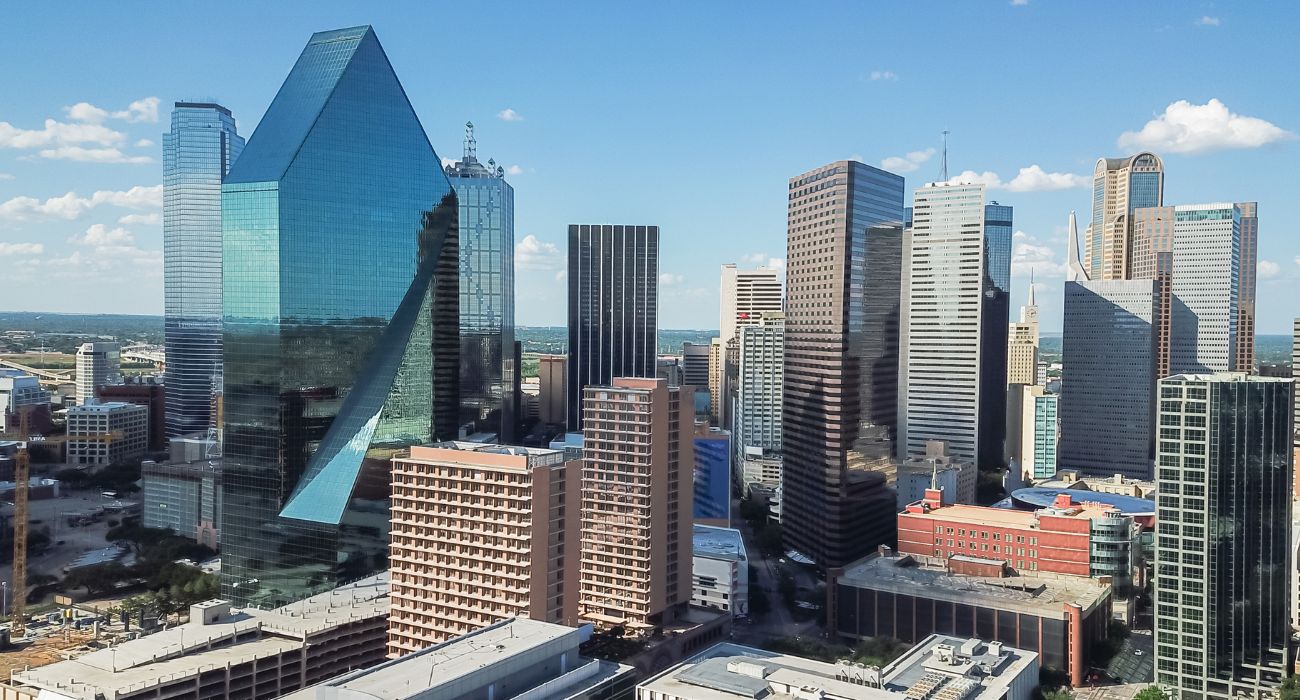Texas corporate office space vacancies have been running paradoxically high despite recent economic and job growth.
Dallas, Houston, and Austin have some of the highest office vacancy rates in the country, with approximately 25% of their office space standing empty in Q3 2023. Yet this is reportedly more the result of an inventory glut and shifting employer needs than a reflection of these metropolitan areas’ economic fortitude.
The Lone Star State has seen a boom in business investments, with this year seeing it achieve record-breaking job growth and the largest labor force in its history.
Gov. Greg Abbott has been championing free-market principles and incentivizing economic development through measures like tax abatements. As previously covered in The Dallas Express, these endeavors earned Abbott the 2023 Economic Trailblazer Award from the Texas Association of Business this summer.
Yet they have also been scrutinized as “simply a transfer of wealth from regular taxpayers to big companies,” as former Sen. Don Huffines claimed.
Additionally, these employers have cut nearly 20,000 jobs in Texas this year alone, as recently reported in The Dallas Express. The latest round of layoffs reported to the Texas Workforce Commission by firms such as Accenture, Raytheon, and Reata Pharmaceuticals included nearly 1,000 positions in Dallas-Fort Worth.
However, the crisis is looming over office tower owners irrespective of business growth nationwide.
In fact, a survey conducted among investors by Bloomberg found that many expect the U.S. office market to suffer a severe collapse, which they project will occur in late 2024. Only then do most respondents expect the sector to recover from the recent decline.
The Federal Reserve’s interest hikes have played a role, with the cost of financing rising while commercial property values are dropping.
“It tends to be a slow reckoning for U.S. real estate when rates change,” explained Lea Overby, an analyst at Barclays, according to Bloomberg. “And the office sector is deeply distressed, which will take a long time to work out.”
Yet overdevelopment is another reason cited for the crisis — especially in Texas.
The U.S. has long had higher vacancy rates than Europe or Asia due to a surplus of buildings built amid inflated demand, federal tax breaks, and low interest rates in the 1980s and 1990s. Developers in Texas built even faster than the rest of the country during this period.
“We like to develop in Texas,” explained Jeff Eckert, head of Dallas-based real estate investment firm JLL, according to The Wall Street Journal.
As a result, New York City and San Francisco logged much lower Q3 2023 office vacancy rates than Texas metropolitan areas, with only 12% and 17%, respectively.
With the inventory glut, the reverberating impact of the pandemic’s shift to remote work, the rise of co-working spaces, and tenants’ new demands for amenities, the lure of aging office buildings has diminished.
As extensively covered in The Dallas Express, many DFW office tower owners have pivoted by either renovating their offerings or converting spaces into residential units. Just last month the owners of the eight-story 1600 Viceroy building near Dallas Love Field filed plans with the City of Dallas to transform half the floors for residential use.
This conversion trend has included large skyscrapers in Downtown Dallas, such as the 50-story Santander Tower on Elm Street and the 40-story Bryan Tower on Bryan Street.
How soon these conversion projects might be completed and can start bringing in tenants to help relieve the growing demand for housing in DFW is another matter.
As reported by The Dallas Express, fewer than 20% of conversion projects in the pipeline last year are actually now under construction. Furthermore, Dallas has a notoriously slow permit approval process under City Manager T.C. Broadnax and has seen a 60% growth in its “projected conversions backlog” since 2021.






